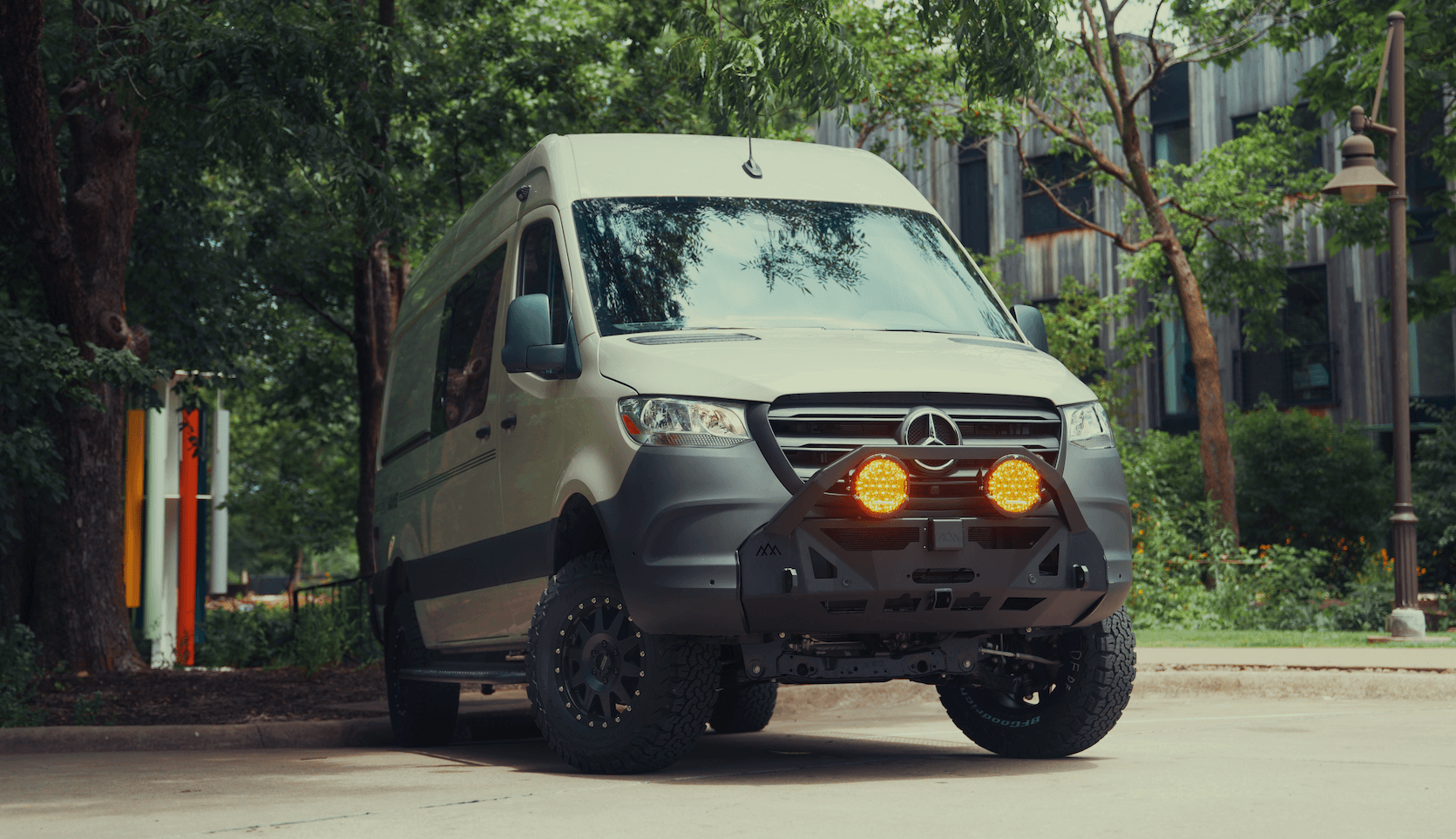Recreational Vans

Diesel air heaters use a sealed combustion chamber to burn fuel while a separate fan moves cabin air across a heat exchanger. Because the combustion gases never mix with cabin air, a properly installed heater delivers warm air without exhaust contamination. Modern controls monitor flame stability and temperature, shutting down if anything drifts out of range.
Safety concerns arise when the exhaust is misrouted, couplers are loose, or the intake draws from a contaminated area. Wiring errors that overload circuits or undersized cable can overheat components. Fuel line abrasion, kinks, or poor clamps can lead to leaks. None of these risks are inherent to diesel heat; they are installation or maintenance issues that careful planning prevents.
Altitude also matters. At higher elevations, thinner air changes the fuel to air mix, so the unit may need altitude compensation or derating to avoid sooting. Excess soot can clog the exhaust and increase carbon monoxide risk. A heater that is calibrated for your travel profile operates cleaner and safer.
Follow manufacturer clearances to nearby plastics, foam, and wiring. Use heat shields when passing near sensitive materials. The exhaust must exit with a downward drip loop and a tip that resists water ingress. Marine grade clamps and stainless hardware resist corrosion and hold torque, reducing the chance of loosening over time.
A van or camper concentrates people, gear, and soft goods into a small volume. That makes combustion discipline non negotiable. Treat the heater like a tiny furnace: isolate exhaust, bring in clean intake air, and keep the living space ventilated. Even with a sealed system, a cracked coupler or blocked exhaust can create a hazard if left unchecked.
A small battery monitor avoids another common issue: low voltage. Most units will lock out or fault if voltage sags during startup, and repeated brownouts can stress components. A healthy electrical system is a safety system.
Moisture control matters too. Combustion produces water vapor that exits through the exhaust, yet cold cabins still collect condensation. Warm air circulation and cracked windows reduce dampness that can lead to hidden corrosion around fuel lines and connectors.
Install a quality carbon monoxide alarm near sleeping areas and test it regularly. Keep at least one low crack of fresh air when running the heater in still conditions. If a CO alarm ever chirps in operation, shut the unit down and investigate before relighting.
Store diesel in approved containers, label lines clearly, and protect every hose from chafe with abrasion sleeves or bulkhead fittings. Wire the heater with a dedicated fuse and clean grounds. Avoid shared circuits with high draw accessories to reduce nuisance trips and heat buildup.
Pick a heater output matched to your space. Oversized units tend to short cycle, running cool and sooting up; undersized units work too hard and never catch up on damp nights. Look for certifications appropriate to your market and a service network for parts.
During use, let the heater run a full cool down before power off. Run the unit on high for a short period at the end of a cold stretch to burn off residue. Keep soft bags and bedding clear of the outlet to maintain airflow. If any combustion odor makes it inside, shut down and diagnose before continuing.
When installed with correct exhaust routing, proper wiring, and regular checks, diesel heaters are a safe, efficient way to heat compact living spaces through long shoulder seasons and winter. Their sealed design keeps fumes out, while the steady dry heat improves comfort and reduces condensation.
If your rig’s layout forces tight clearances, if you plan to climb to high altitude often, or if you are integrating complex power and control systems, professional design and installation add a margin of safety you can feel on the first frost. A trained team pressure tests exhaust joints, confirms voltage at the heater during crank, and verifies airflow and clearances with the right tools. They also set your expectations for noise, power draw, and maintenance so you can focus on the trip, not the tech.
At this stage, many travelers also reassess their platform and interior plan. If you are dialing in the whole cabin, you can explore Recreational vans for a cohesive layout that supports safe heat, ventilation, and power. For a ground up solution, our Custom build van approach integrates heating with insulation, electrical, and airflow from day one. Prefer a finance friendly starting point that still supports reliable heat upgrades? See our Mainstream vans to evaluate proven platforms.
Ready to turn cold nights into quiet sleep with confidence? We align heater capacity to your cabin volume, protect every hose and wire, and prove performance before you leave. Reach out and we will map your needs into a safe, efficient heat plan.
—
Your cabin heat should be safe, quiet, and predictable. Tell us your travel routes, altitude range, and sleeping needs. We will design and install a diesel heating system that feels natural in your van and tested for safety from day one.
Want dependable heat without worries? Book a safety focused install review with OZK Customs. Our team validates fuel routing, exhaust placement, wiring, and clearances, then test fires your system with calibrated tools. Tell us how you travel, and we will build a quiet, efficient heat solution that keeps your cabin warm and your air clean.
ADDRESS:
6159 E Huntsville Rd, Fayetteville, AR 72701
PHONE:
(479) 326-9200
EMAIL:
info@ozkvans.com